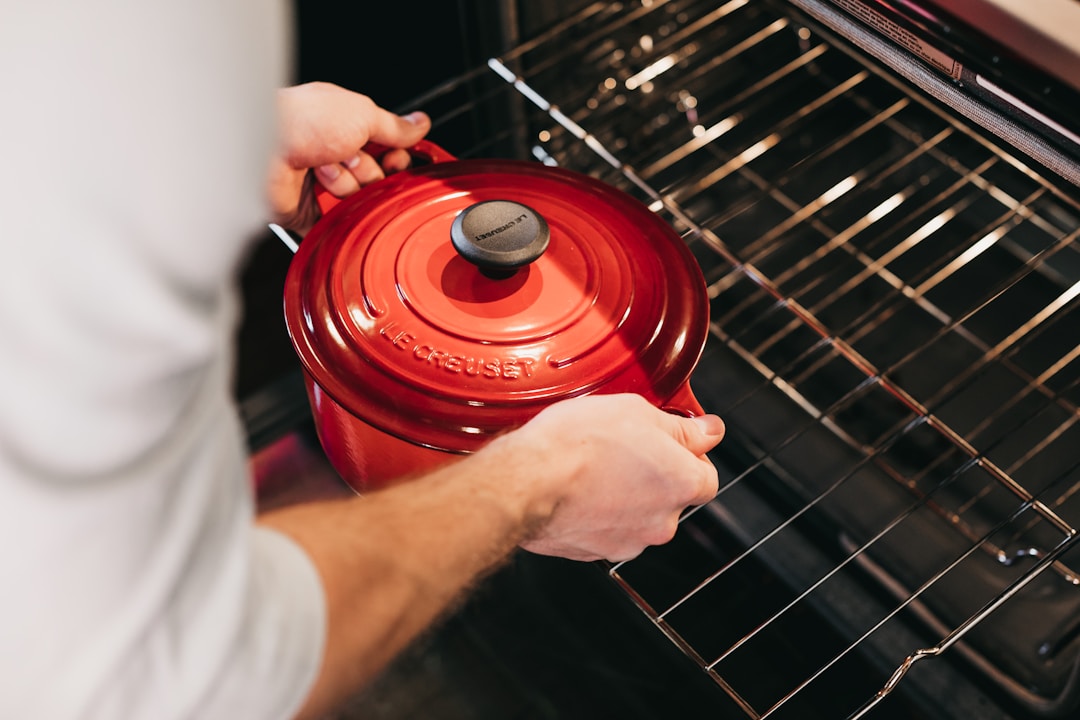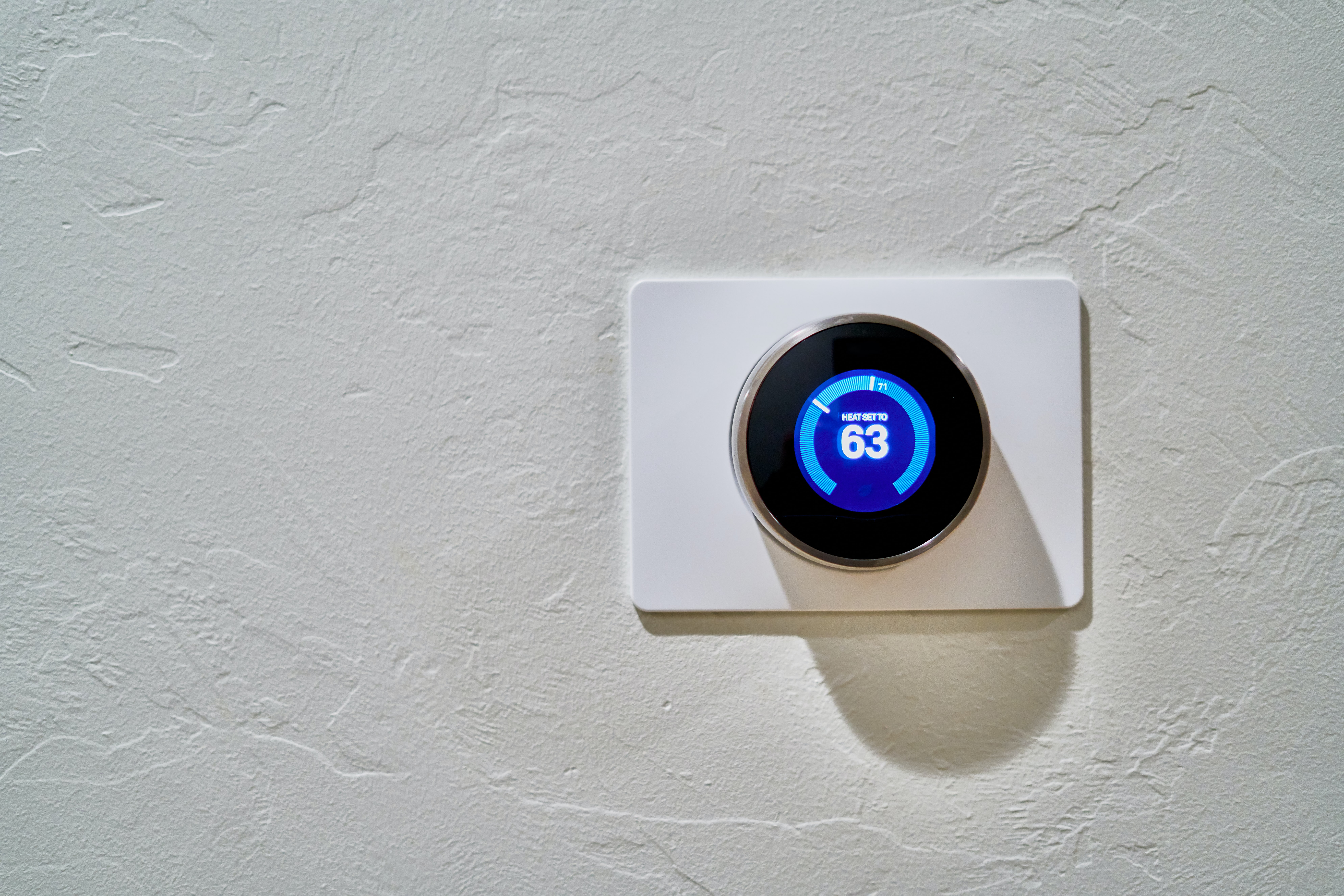When it comes to thermostat placement, there are a couple of basic placement rules that affect how well your HVAC system works. For instance, you should place your thermostat in as convenient a place as possible, but you also shouldn’t place it in a spot that could see your home’s heating work overtime and consequently cost you money.
Understanding this, we’ve put together a quick guide to help you make sure your thermostat is well placed to do its job properly.
1. Away From Windows and Doors

The areas around windows and doors receive fluctuations in temperature which can cause interference in your thermostat readings. For starters, windows and doors let in direct sunlight and air. This may result in a false reading, indicating that your house is much colder or warmer than it actually is.
What’s more, drafty windows can also force your air conditioner or furnace to turn on and off frequently without actually achieving the comfort level you’re looking for. Understanding this, the HVAC technicians at Cook’s Comfort Systems propose placing your thermostat away from windows and doors for added energy efficiency and to ensure that it gives you accurate readings.
2. An Often-used Room

Your thermostat is supposed to regulate the average temperature of your home. Knowing this, place it in an area of your home that doesn’t tend to have a great variation in temperature. An interior wall in your home’s study or living room, for instance, can be a good location for your thermostat. Also, considering that these rooms tend to be the most used rooms in many homes, they are the best placed to offer the most accurate reading of the air temperature in your home.
Unlike being at home where you have control over your thermostat’s settings, let’s say you work in a call center and there’s always a debate over the “correct temperature” setting. Try simple call center hacks like keeping a small heater at your desk to avoid feeling cold, bundling up, and lodging a complaint until your office HVAC system is attended to. This will keep any heated debates under wraps while you wait for an HVAC technician to confirm that your ventilation system is in good working order.
3. Near the Kitchen

Without the help of your heater, the kitchen is probably one of the warmest places in your home. Having several heat-emitting appliances like the stove and oven in a concentrated area, it’s easy to see why the temperature in your kitchen is significantly different from the rest of your house.
On the days when you’re cooking a lot, a thermostat that’s placed in your kitchen will give you a false reading, indicating that your house is warmer than it is. Additionally, because of this false reading, your air conditioner may go on when you don’t need it.
4. Above Air Vents

As you now know, your thermostat’s job is to accurately represent your home’s temperature. Knowing this, when the thermostat placement is near an air vent, the temperature readings are inaccurate because the thermostat is the first thing to get hit with incoming air.
In the same vein, if the heater is on, the warm air rising may trick the thermostat into thinking that the room is warmer than it is. Also, if the air conditioner is running, the thermostat will cool before your home reaches a comfortable temperature. Just like placing your thermostat in direct sunlight results in phantom readings, placing it near an air vent also leads to crazy energy bills that can easily be avoided.
To have a more energy-efficient home, and to cut down on crazy energy bills, consider the rooms that get the most use. In this way, you’ll be sure that the most frequented rooms in your home are the most comfortable because they are set to the most accurate home temperature.
